Systems
Systems
Our systems start with the fundamental question: From the perspective of air, moisture and temperature, how do we separate the building exterior from the interior?
Through our Design Assist process we work collaboratively with architects, specifiers, consultants, design-build firms and owners to determine the right solution. We are acutely aware that the unique nature of each project is influenced by the choice of materials, system composition and installation method. Our systems are designed and engineered for building code compliance, and tested to important industry standards.
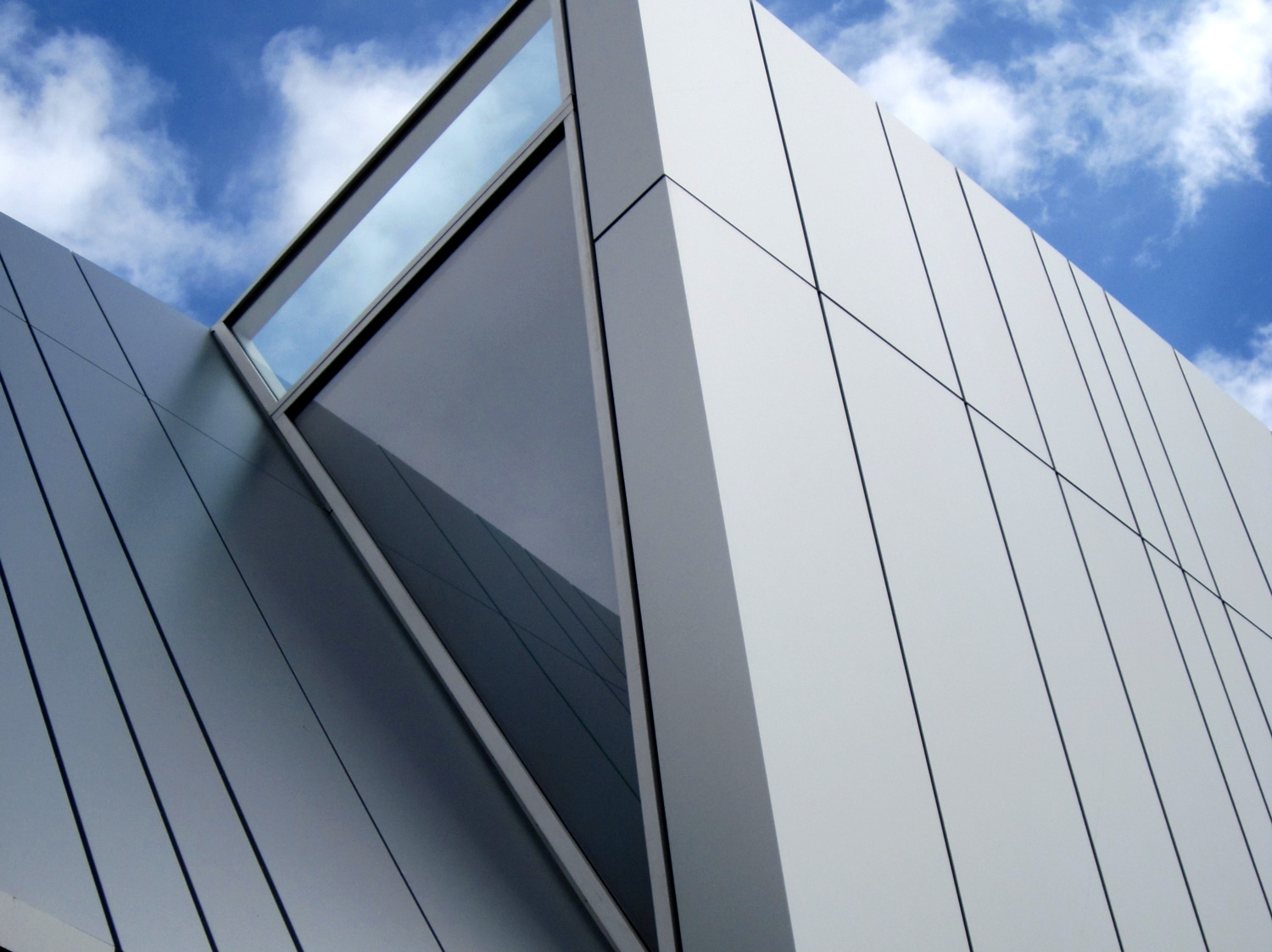
R4-300 system at Oberlin College, Oberlin, Ohio. Westlake Reed Leskosky Architects.
R4-300: Our most versatile system.
- Millions of square feet installed across North America
- Perfect balance between affordability, design flexibility and performance
- Rivetless and concealed fastener options
- Sheet, plate and composite materials are back-routed to create tight radius fold lines
- AAMA-508-07 and NFPA-285 compliant
- Thermally broken galvanized or aluminum sub-framing systems available
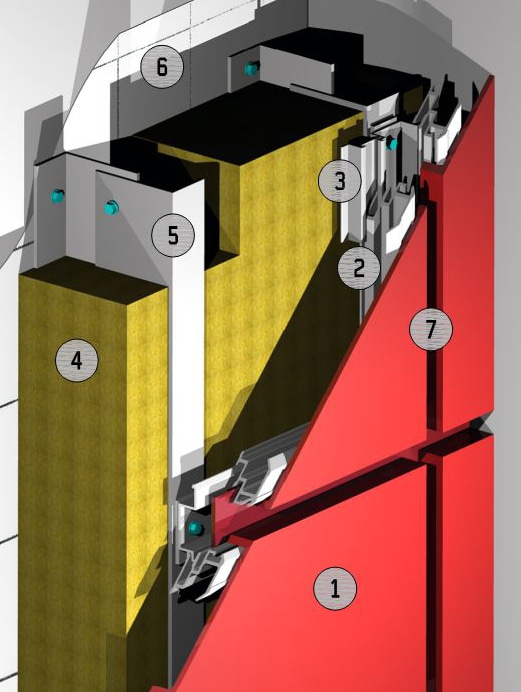
R4-300 system.
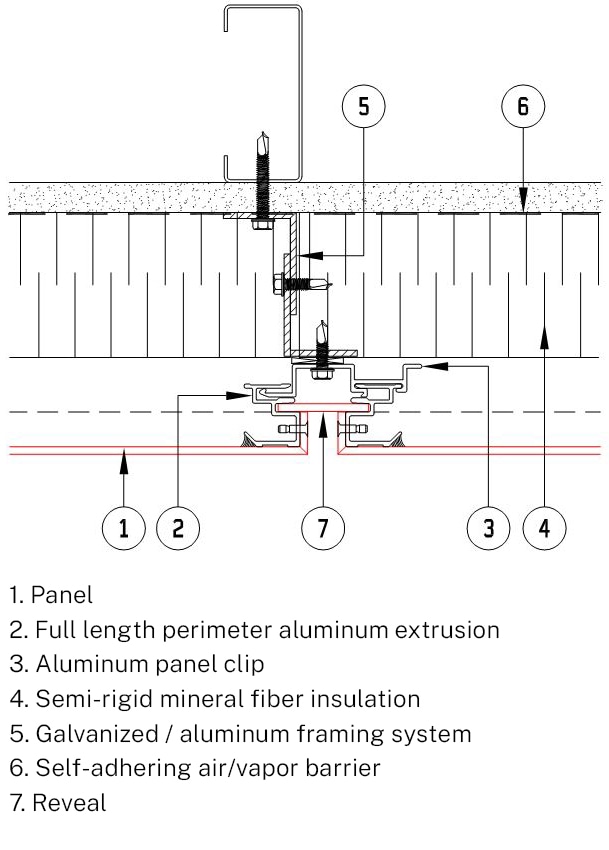
“Our firm’s experience with Riverside Group has been excellent in every regard. They are innovative, providing input during the design phases of projects to solve complex problems of fabrication, detailing and assemblies. Their craftsmanship is superb. Their shop drawings are remarkable, and their work is impeccably detailed and resolved. Their business practices and culture of collaboration are exemplary.”
– Westlake Reed Leskosky
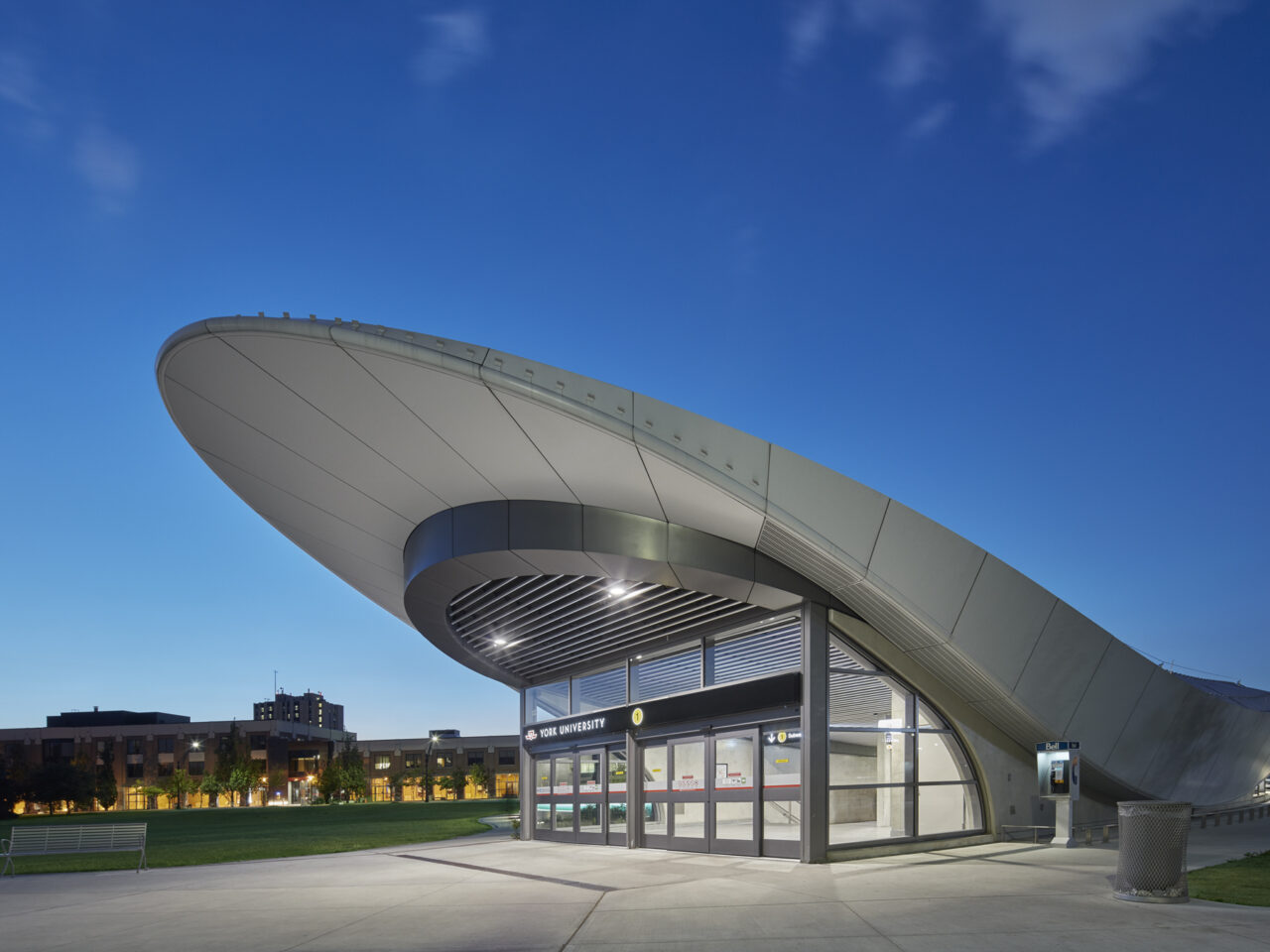
R4-500 system at TTC York University Station, Toronto. Architect: Foster + Partners; Adamson Associates.
R4-500: Offers a distinguished appearance.
- No exposed fasteners
- Panel “skins” cantilever (¼” to ½”) past the perimeter extrusion framework gives the appearance that the panels are floating
- Often selected along with single skin sheet and plate materials
- Edges can be returned to give variations in joint shadow lines
- Perimeter extrusion and reveal can be selected from a limitless palette
- AAMA-508-07 and NFPA-285 compliant
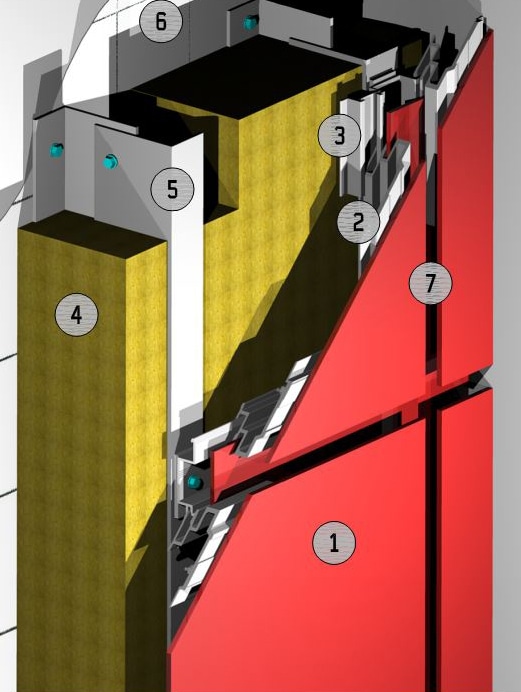
R4-500 system.
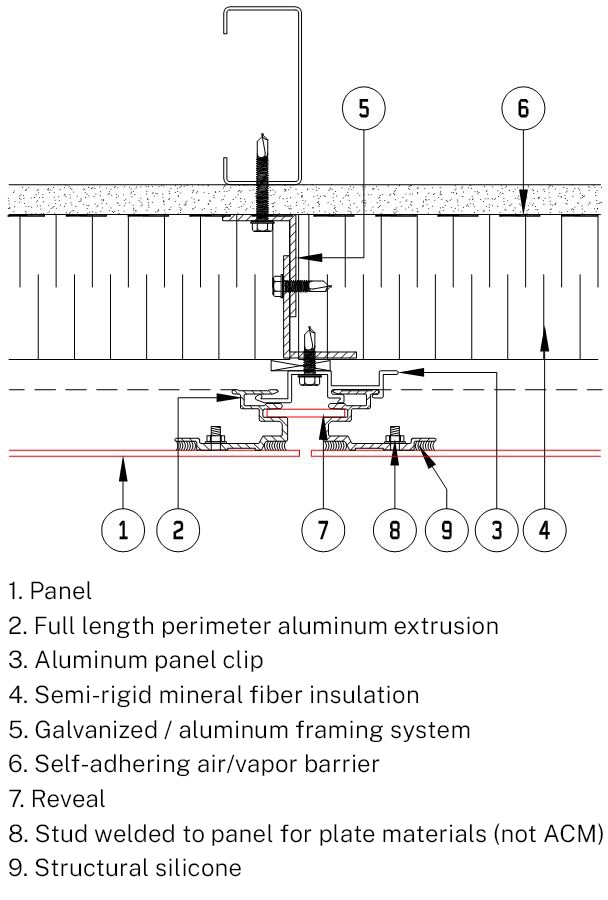
“During the design of the York University Station, Riverside brought their extensive knowledge of the opportunities and limitations for forming aluminum panels into 3 dimensional shapes, as well as panel modulation and detailing to the Design Architect, Foster + Partners, and to Adamson Associates as the architect of record.”
– William Bradley OAA, AIBC, AAA, AANS, MRAIC
Principal Adamson Associates Architects
Custom: We work with the architect, consultant and client to develop unique systems.
- Custom extrusions sometimes clad with specialty metals, finish welding, post-painting and accessories
- Unitization frequently a key element
- Can begin with R4-300 or R4-500 and morph into unique details
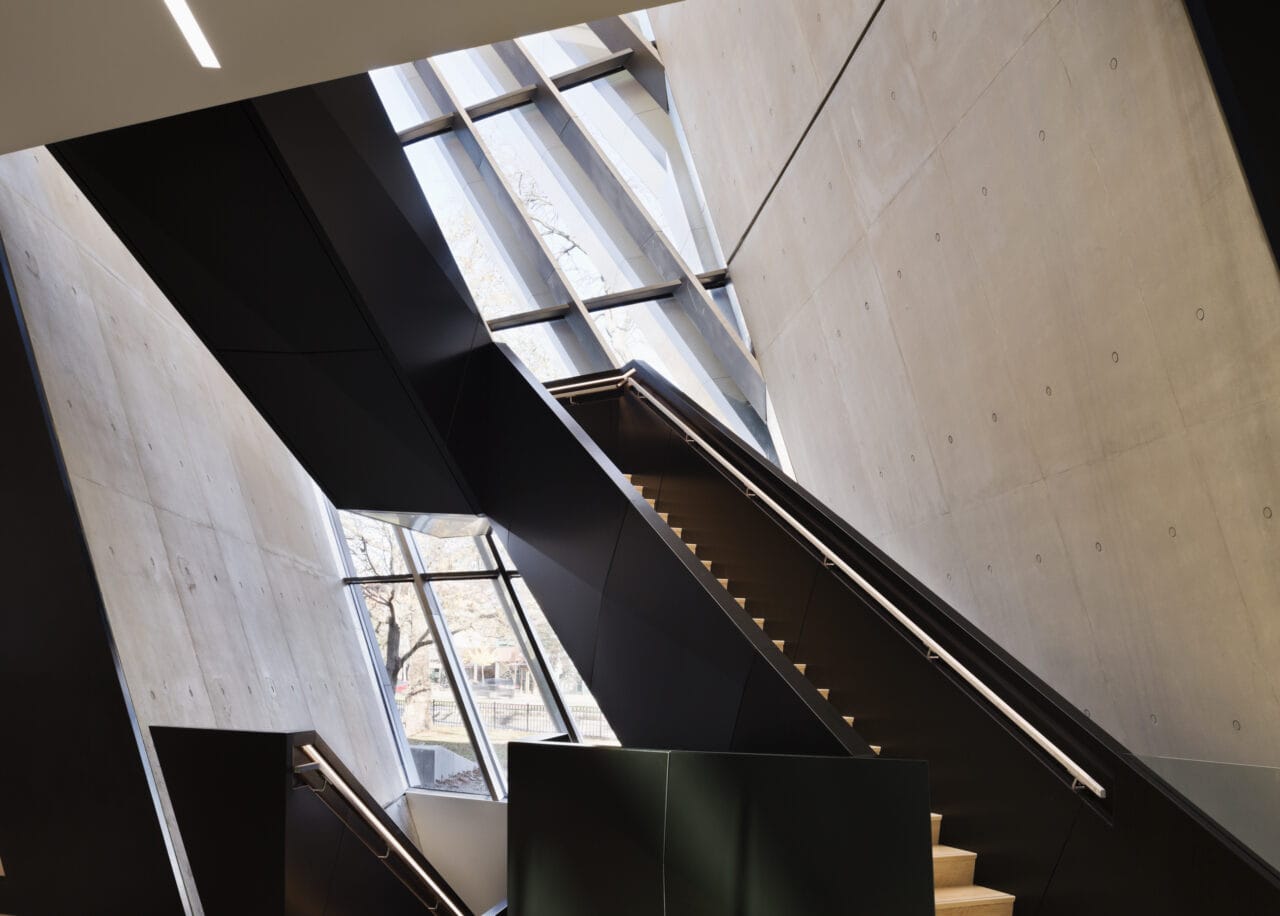
Custom pleated black aluminum composite cladding with integrated custom 5mm aluminum handrail. Broad Art Museum, Lansing, Michigan. Zaha Hadid Architects; Integrated Design Solutions.
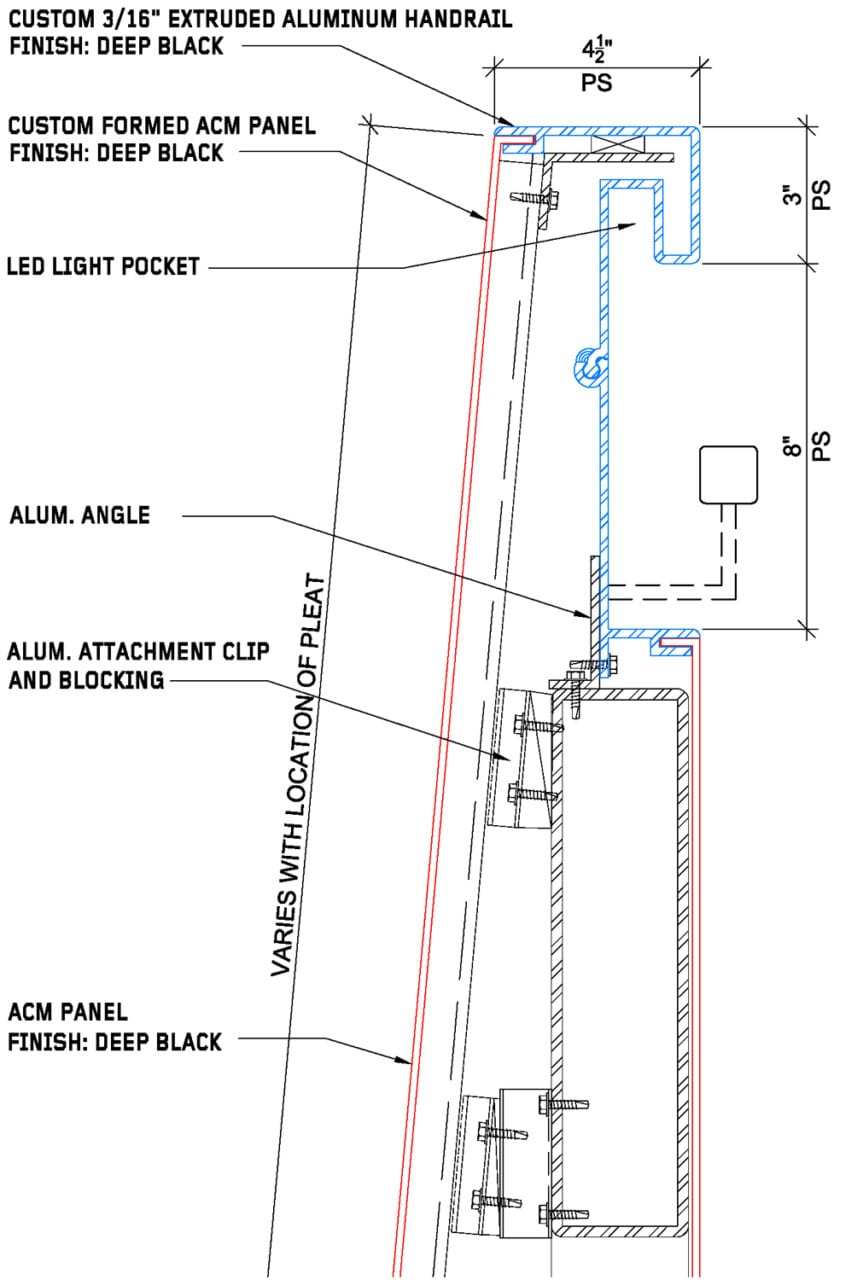
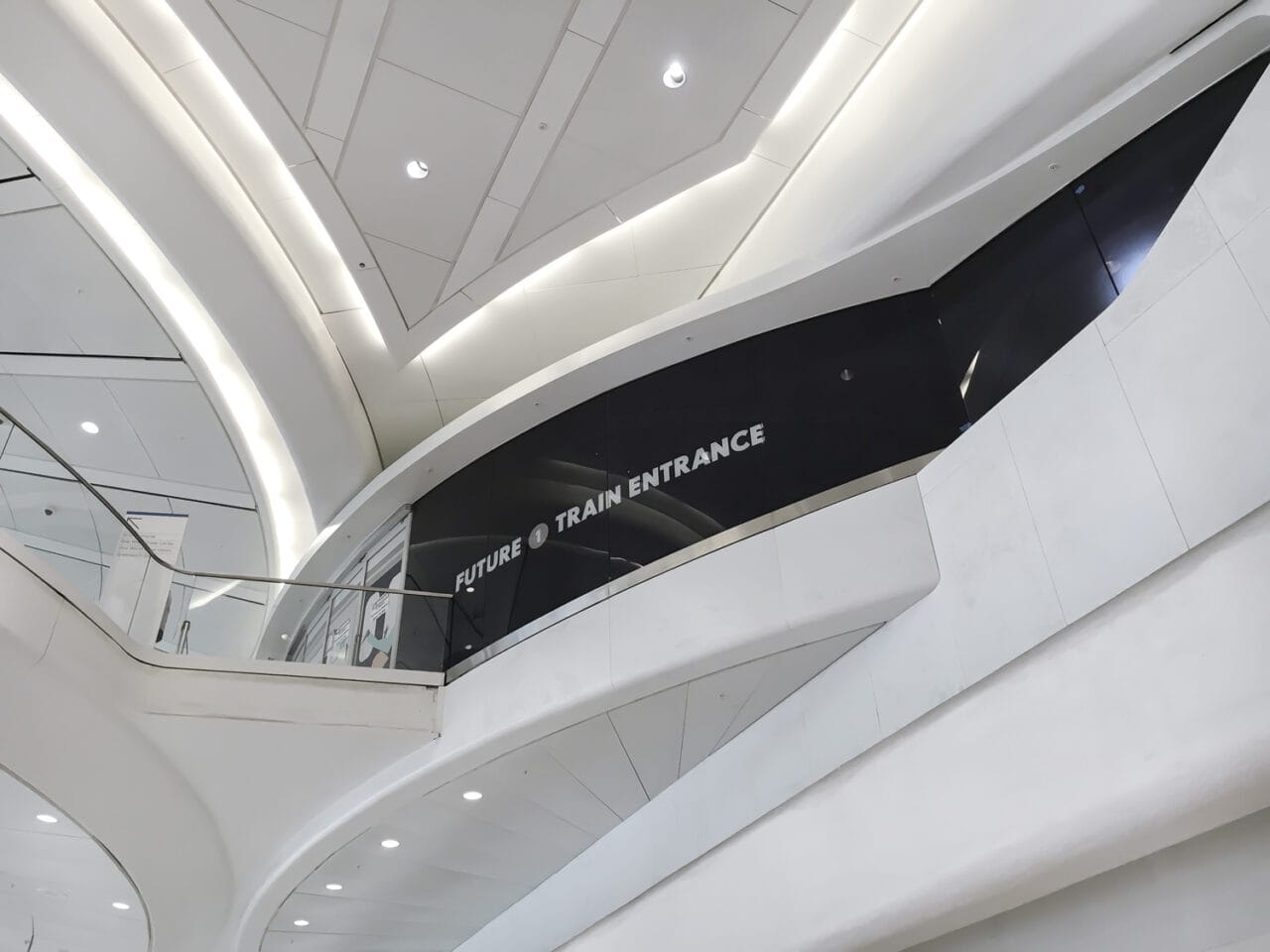
World Trade Center Transportation Hub, New York. Architect Santiago Calatrava; Downtown Design Partnership.
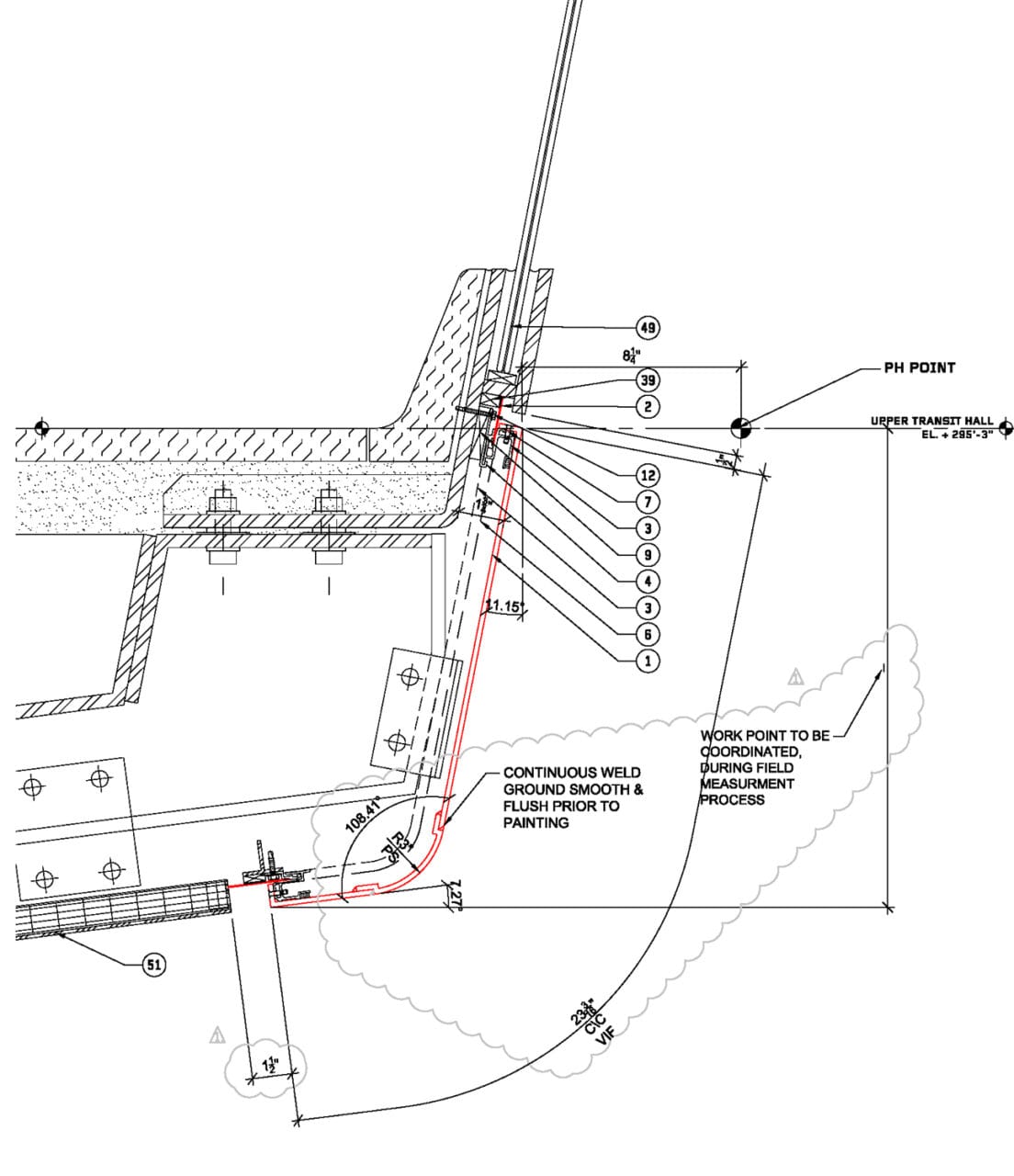
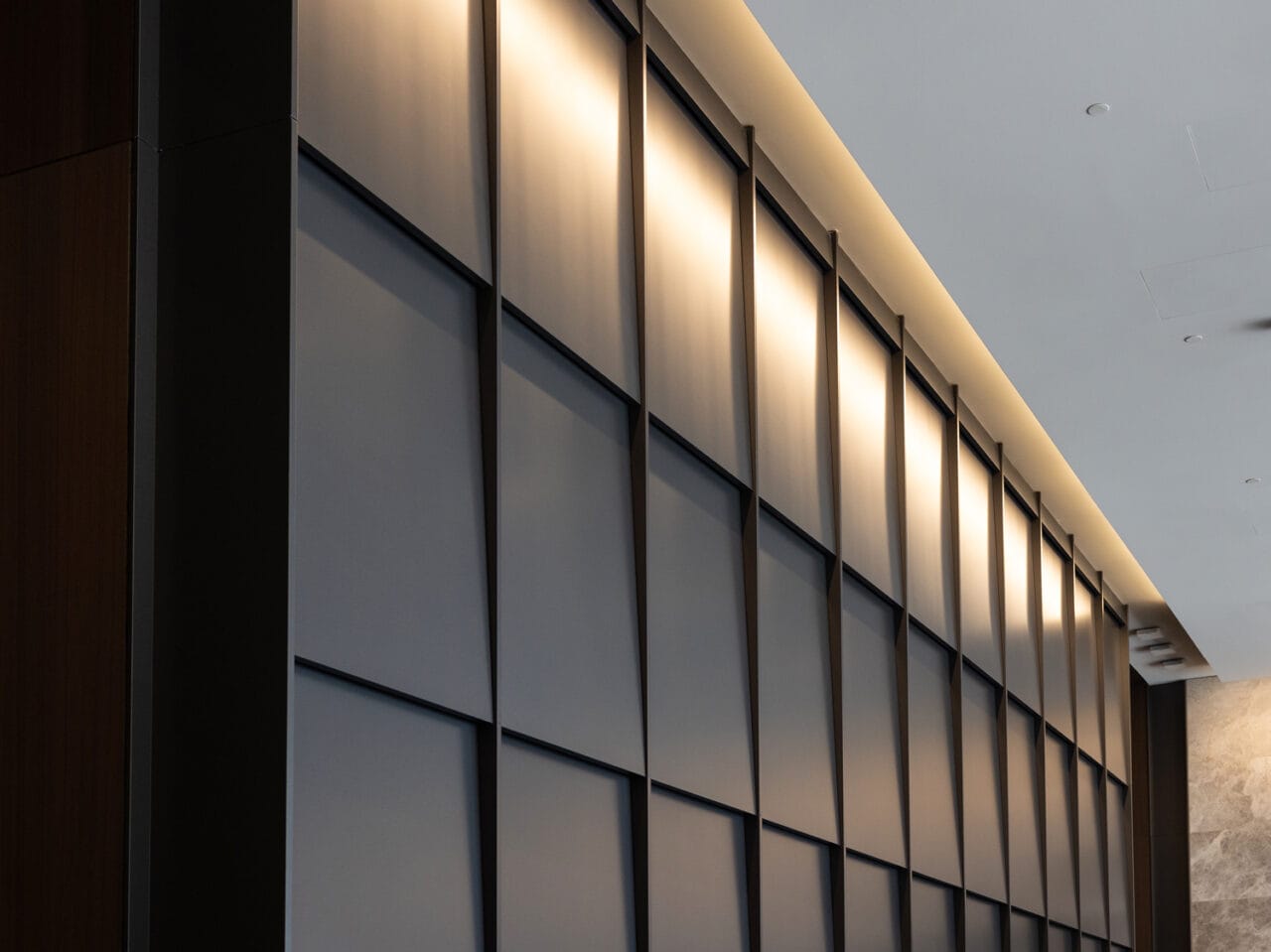
Custom 3mm sloped aluminum cladding with vertical fins. 100 Queens Quay, Toronto. B+H Architects.
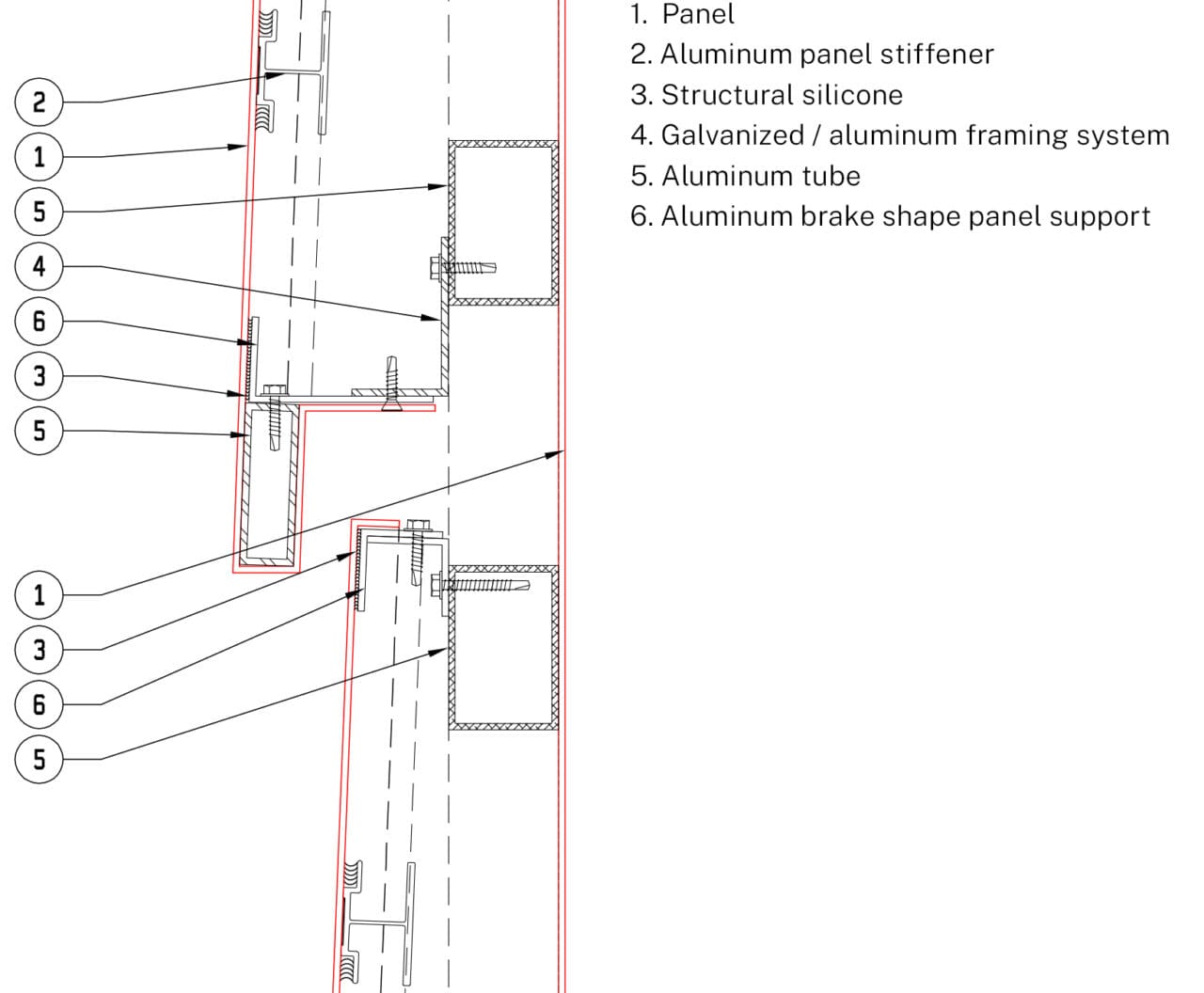
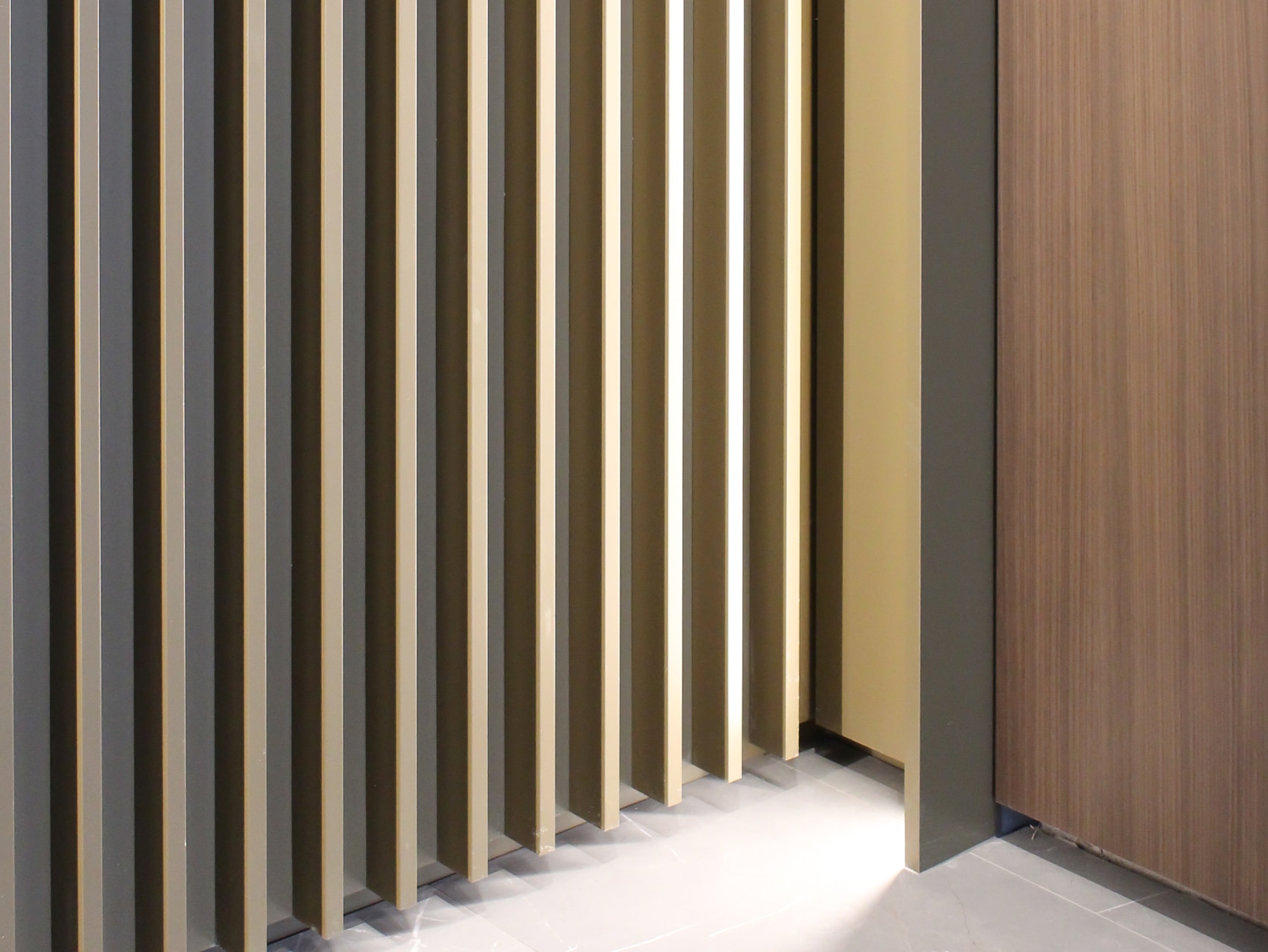
3mm unitized vertical fins with custom light cove. 100 Queens Quay, Toronto. B+H Architects.
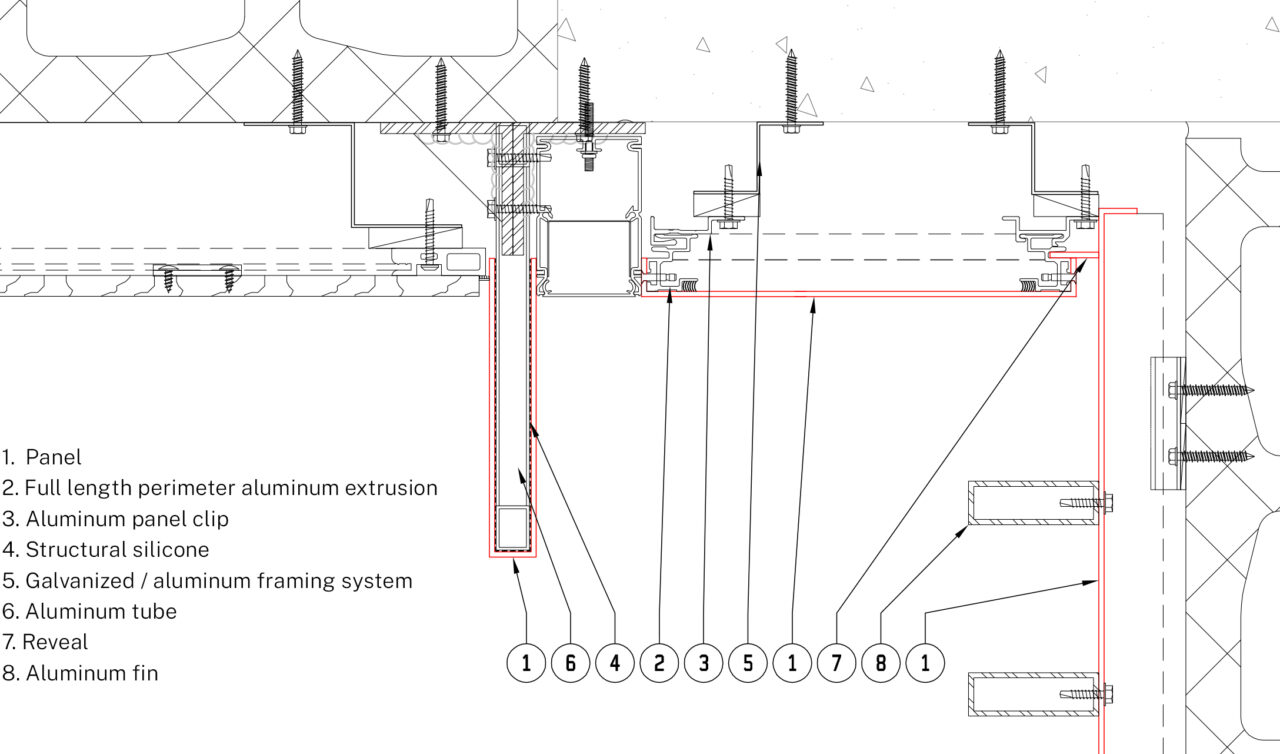
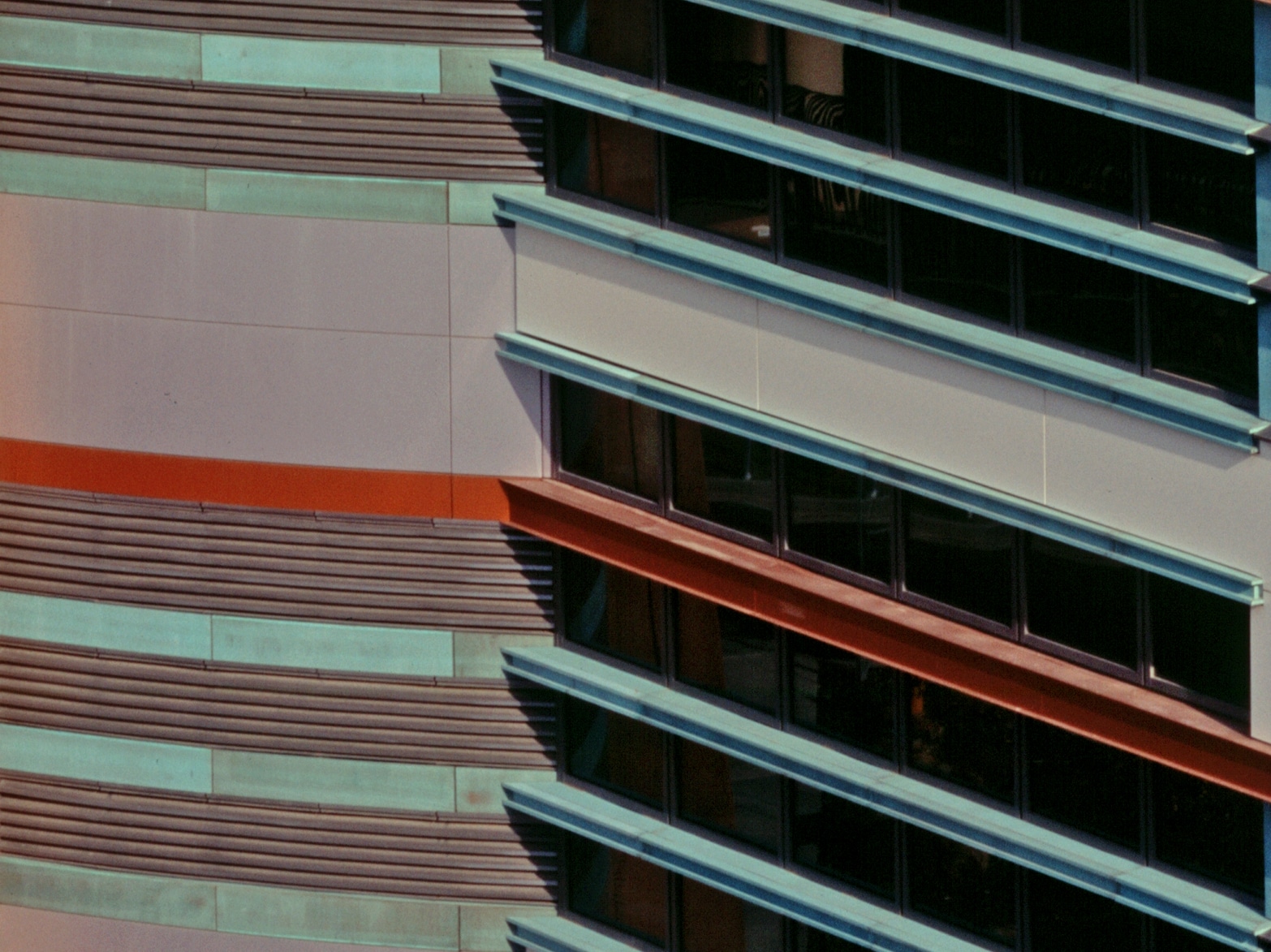
Phoenix Sky Harbor International Airport, Phoenix, Arizona. Architect: Jacobs.
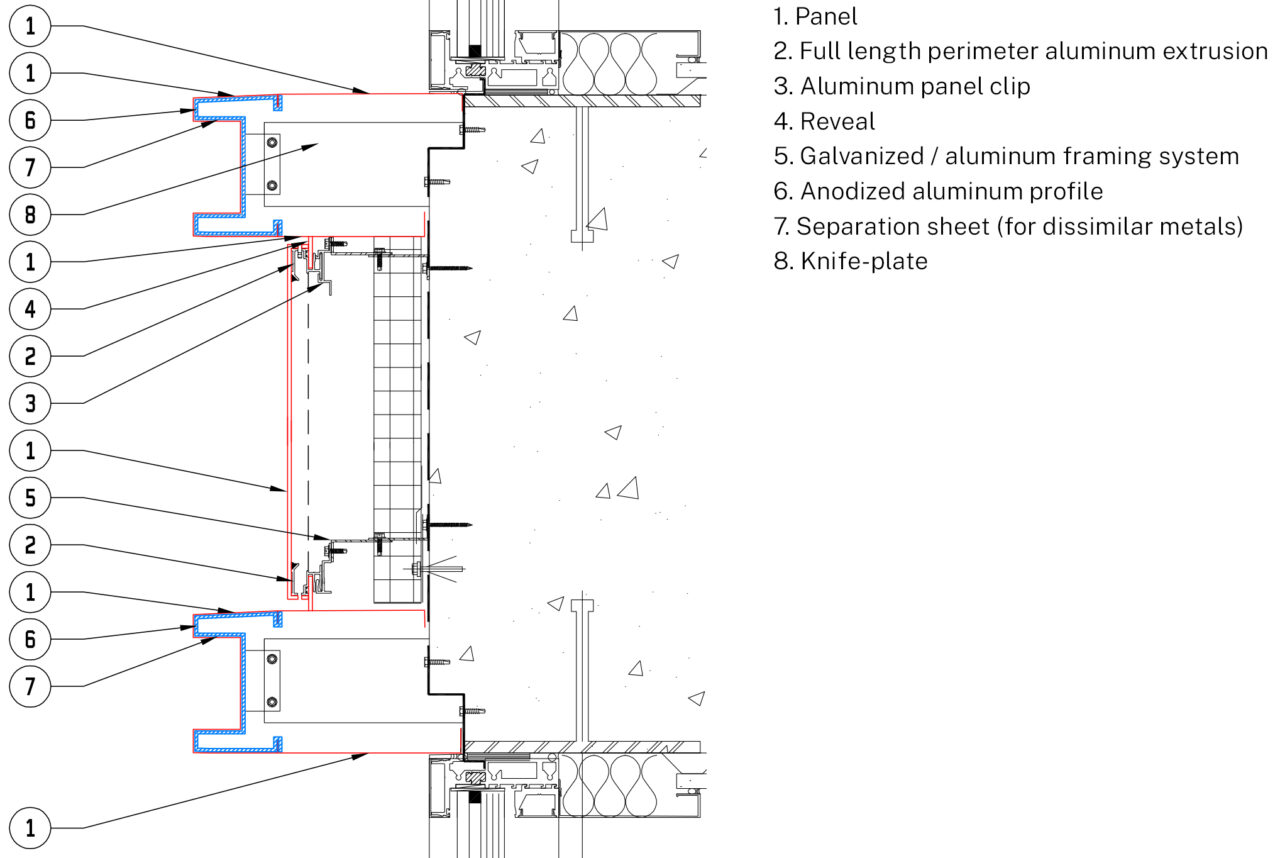
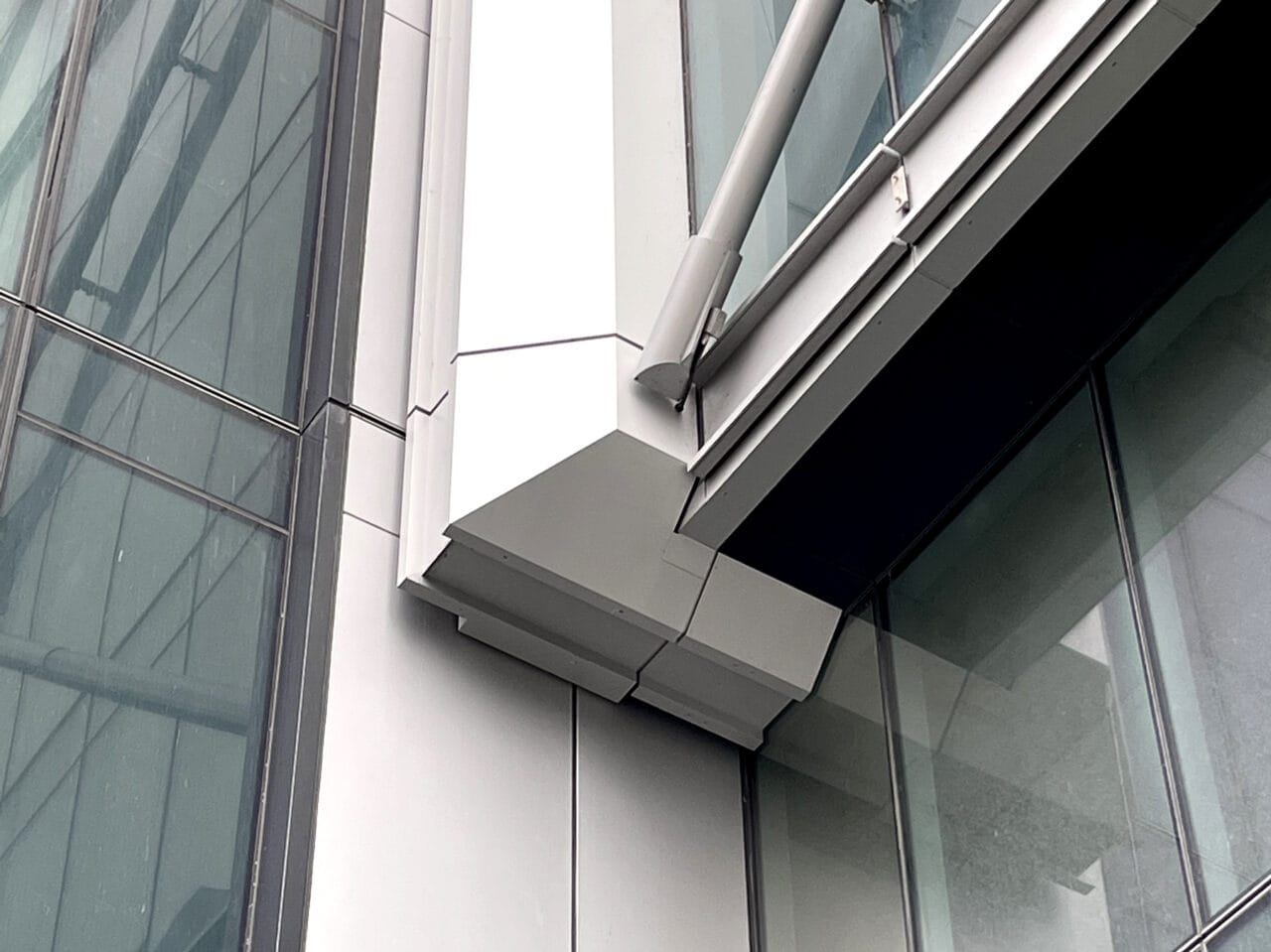
Building G: vertical feature elements. The Well, Toronto. Hariri Pontarini Architects; Adamson Associates Architects.
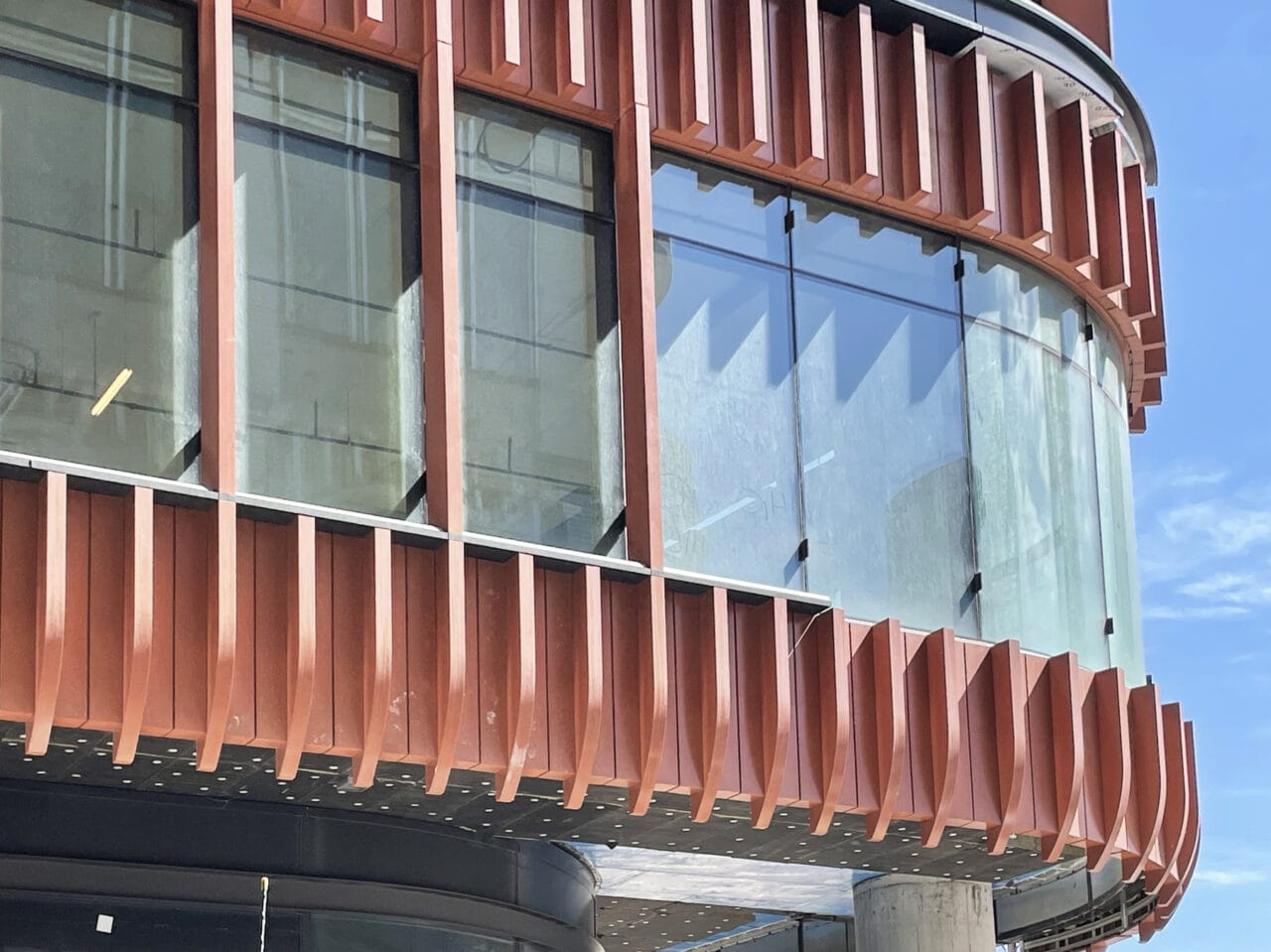
Building F: unitized vertical fins. The Well, Toronto. Hariri Pontarini Architects; Adamson Associates Architects.
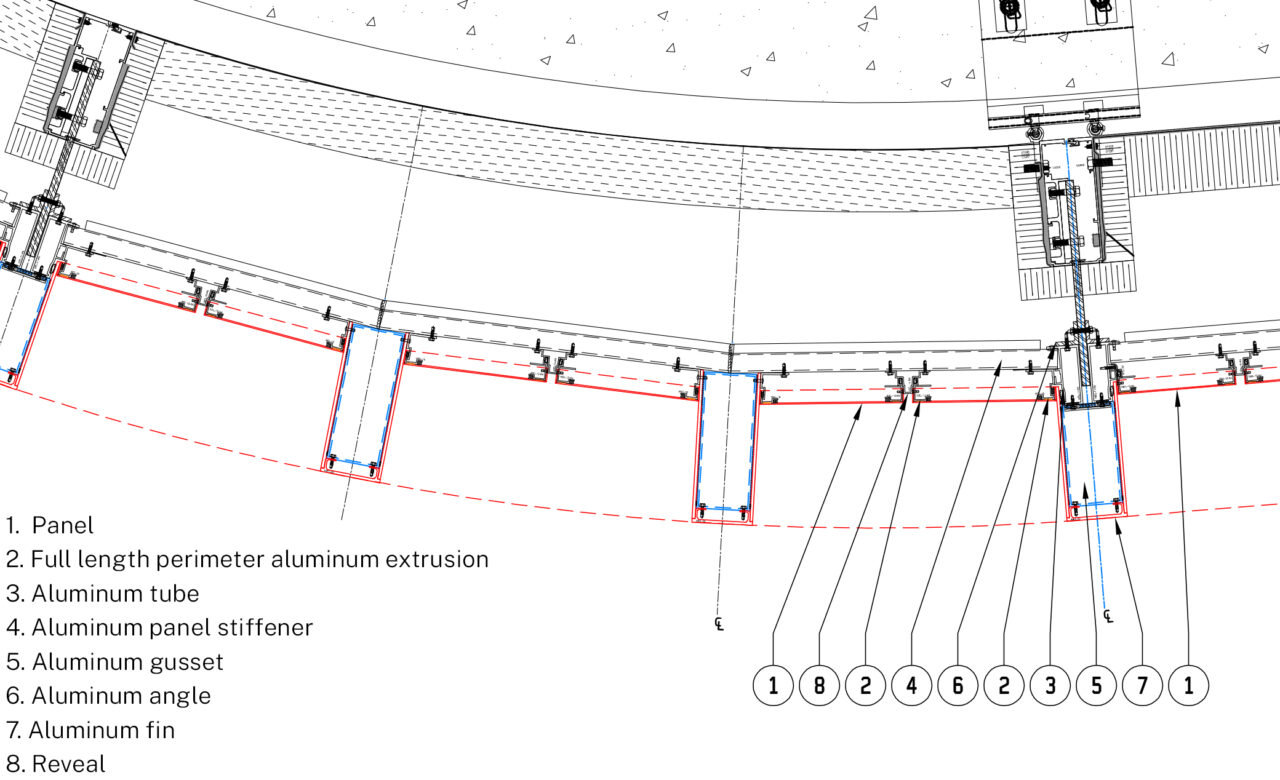
Interiors: Our rainscreen envelope technology is beautifully adapted for interior applications.
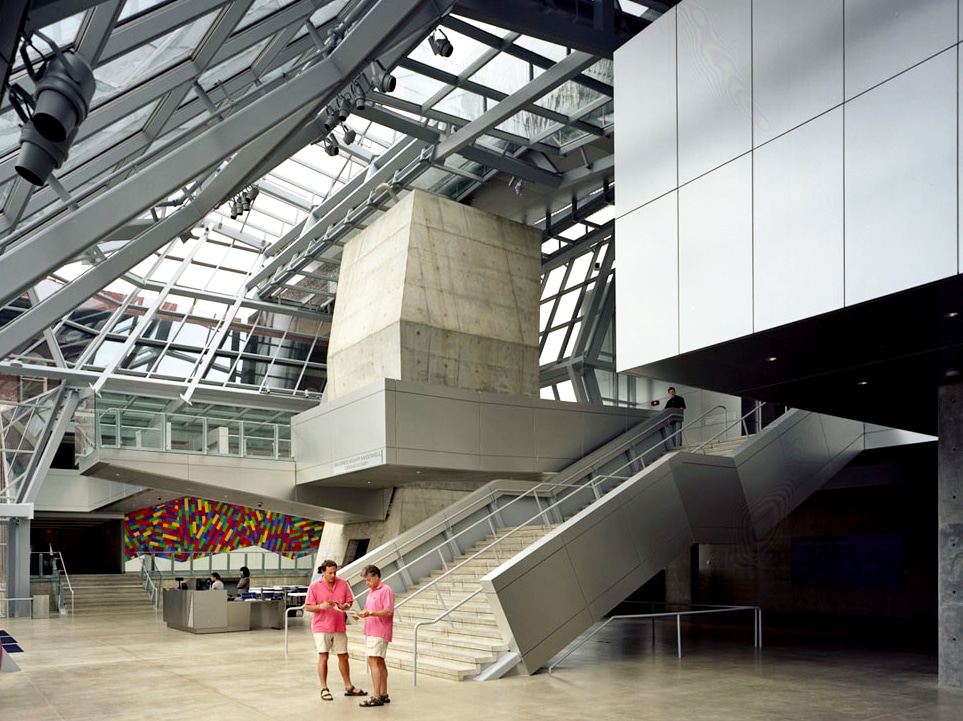
Akron Art Museum, Akron, Ohio. Architect Coop Himmelb(l)au.
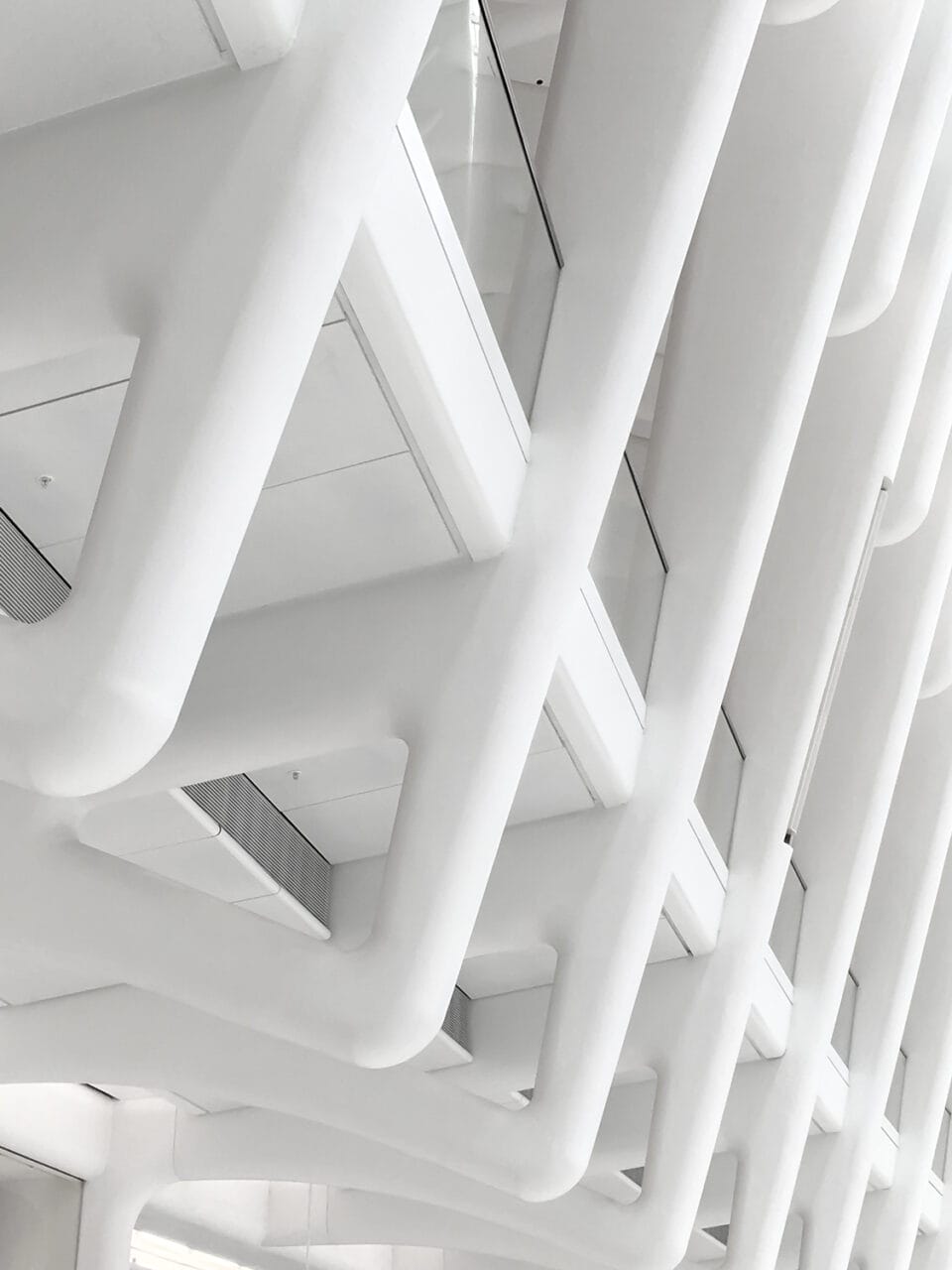
World Trade Center Transportation Hub, Architect Santiago Calatrava; Downtown Design Partnership.
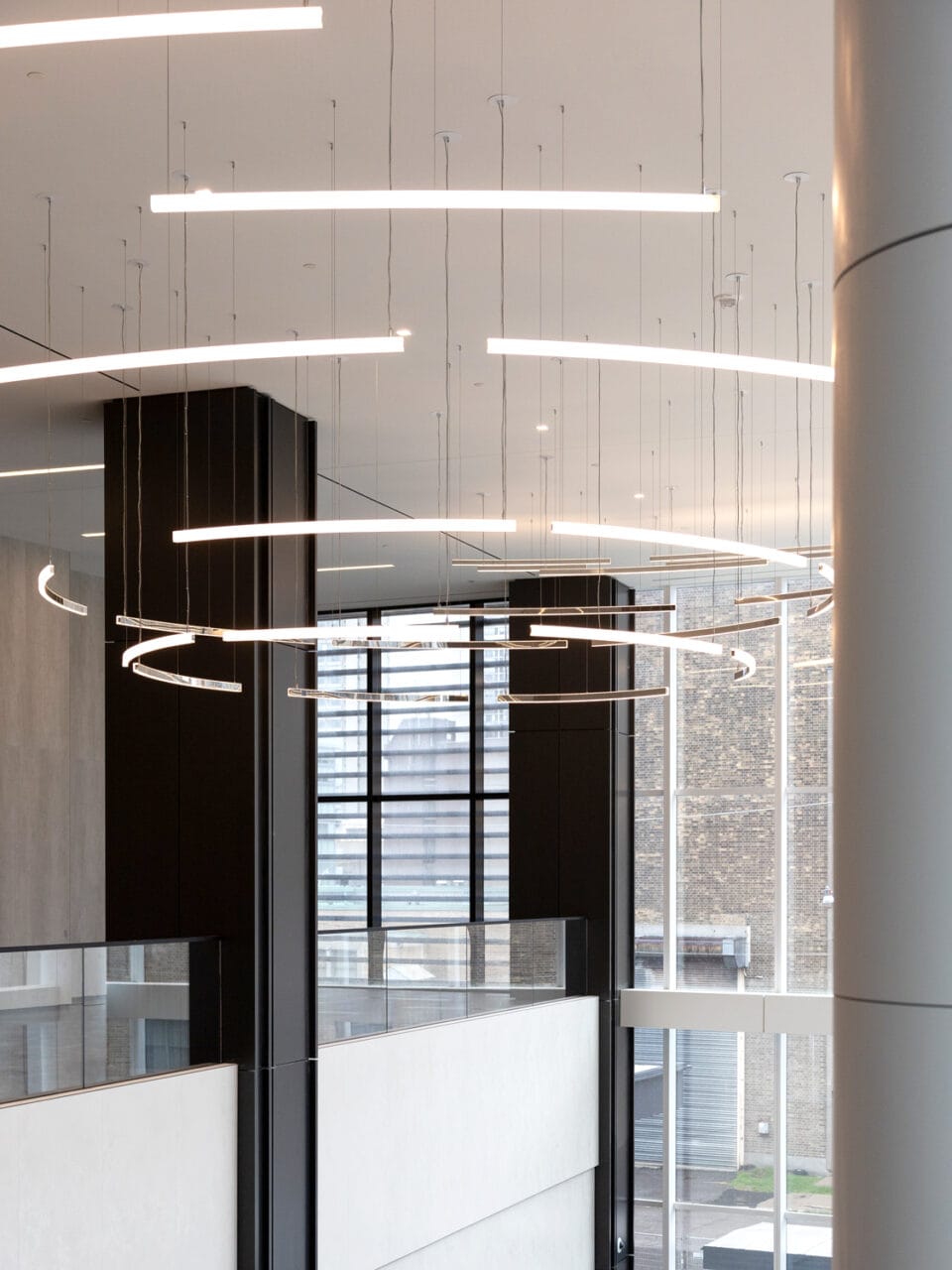
100 Queens Quay, Toronto. B+H Architects.
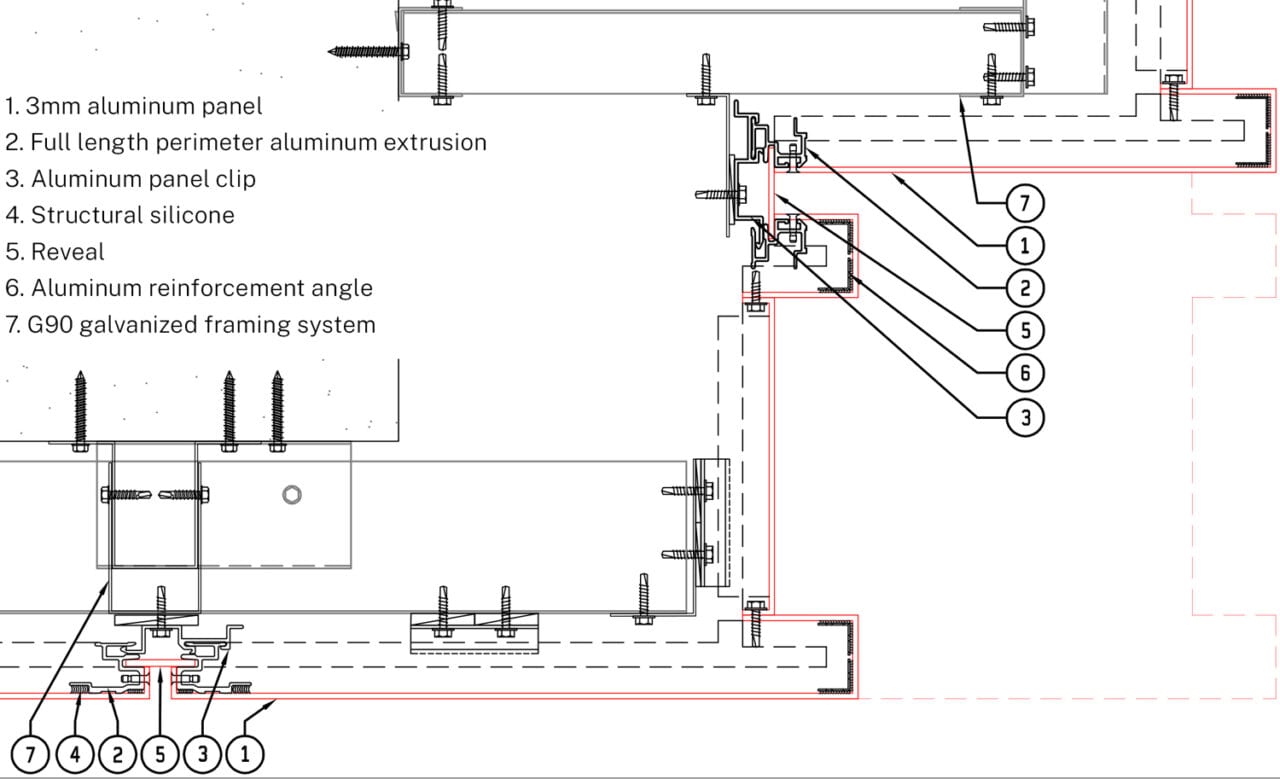
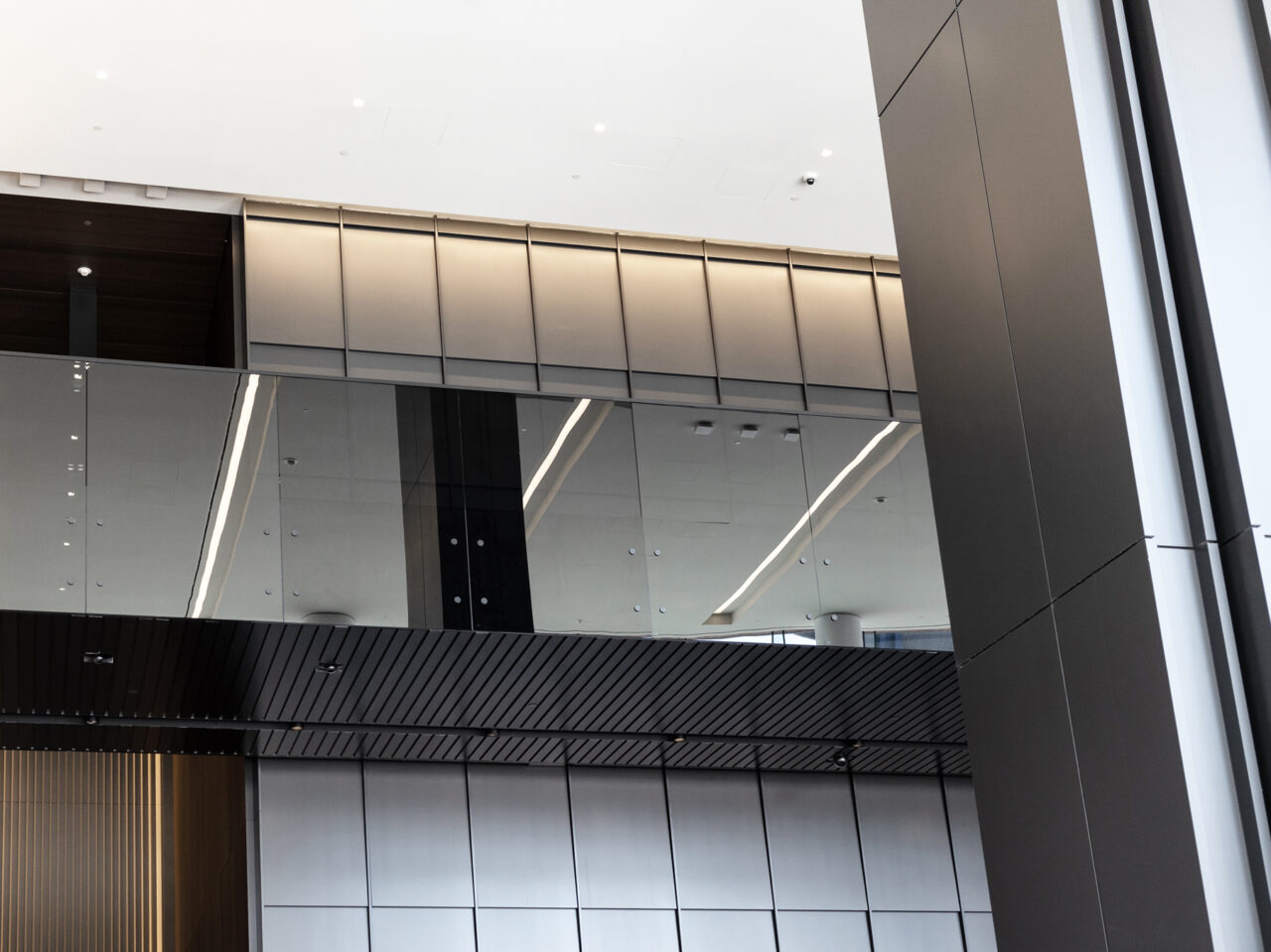
100 Queens Quay, Toronto. B+H Architects.
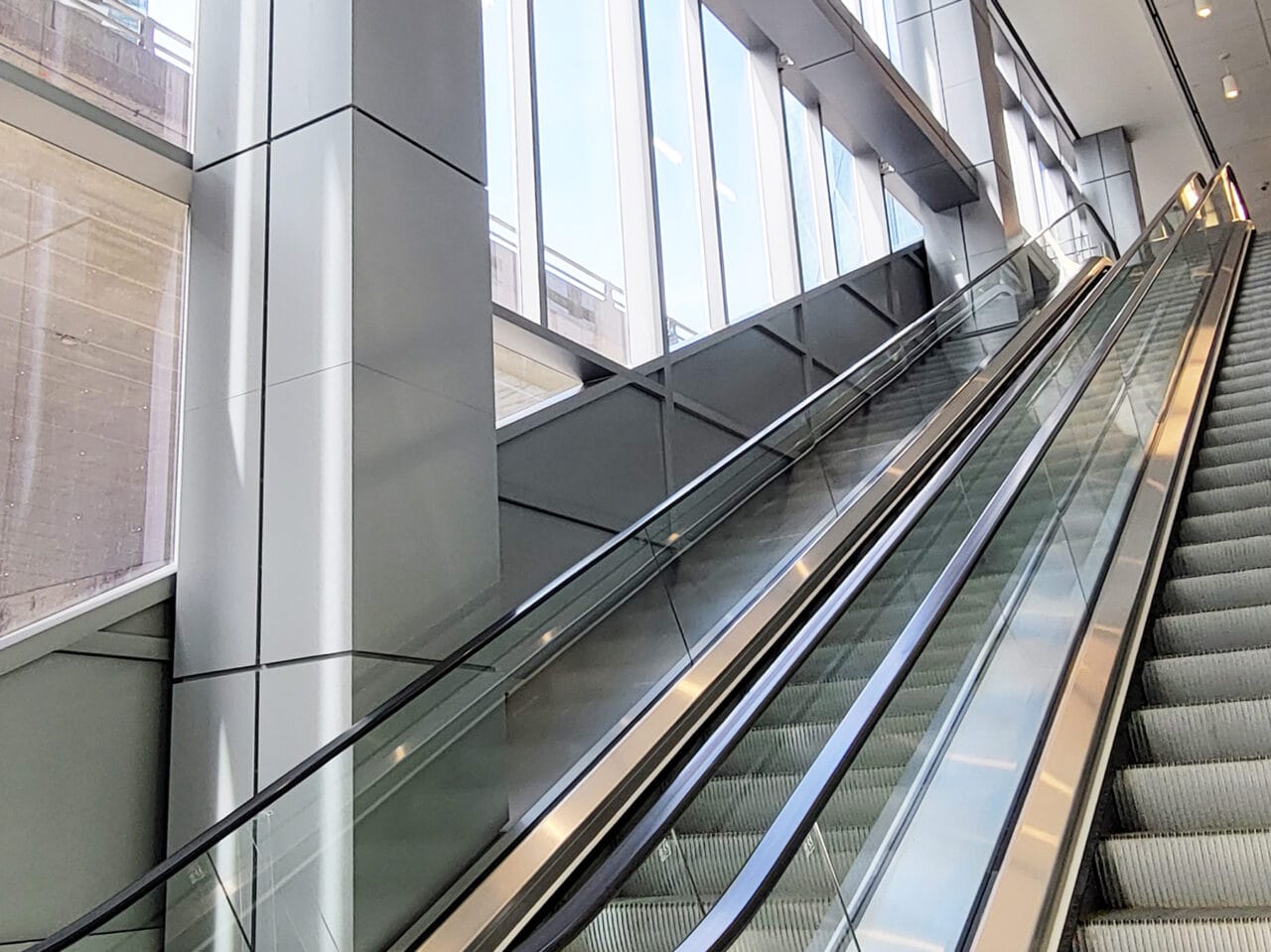
One York Street, Toronto. &Co Architects.
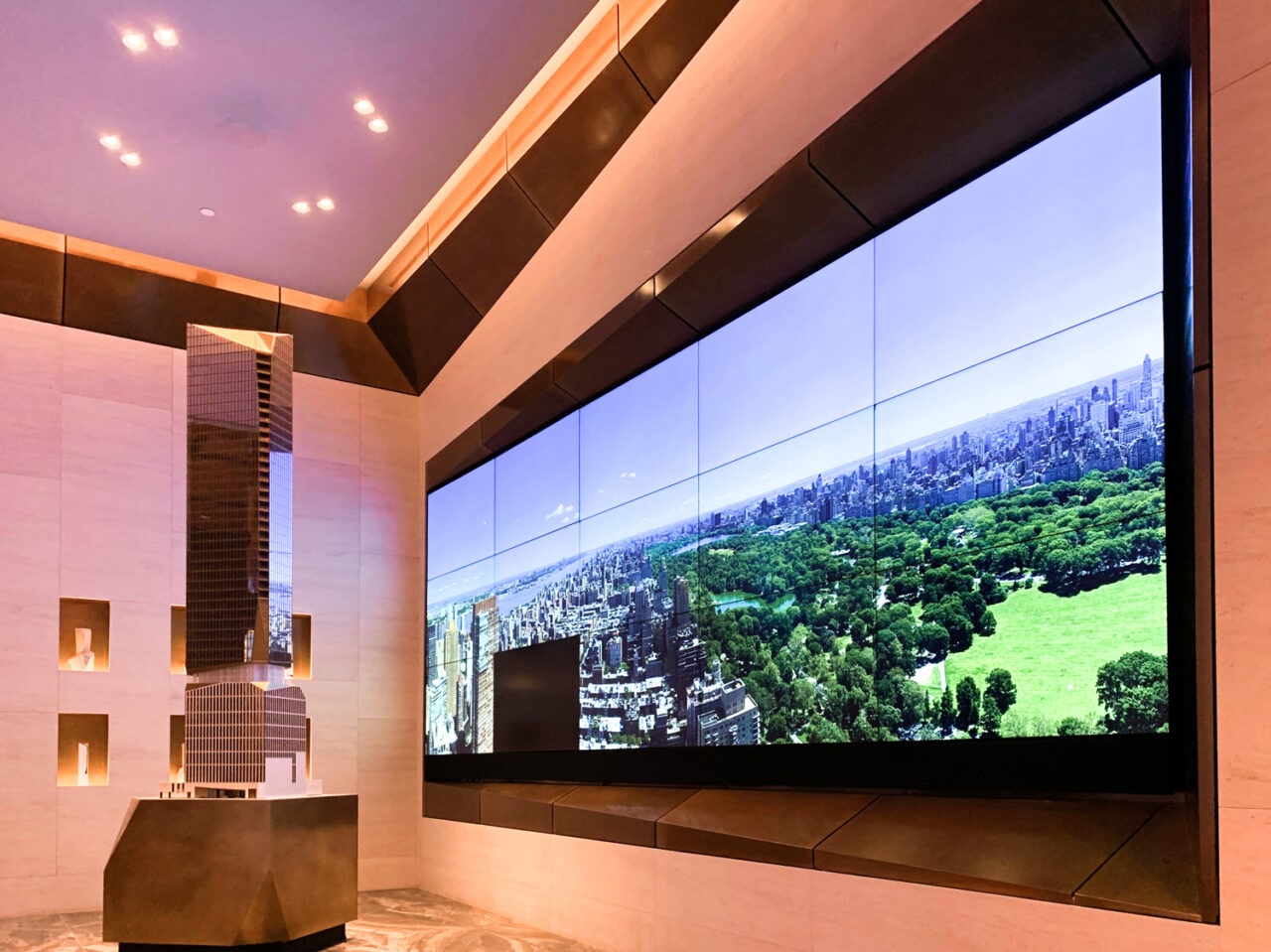
36 West 66th Street, New York. Snøhetta Architects.
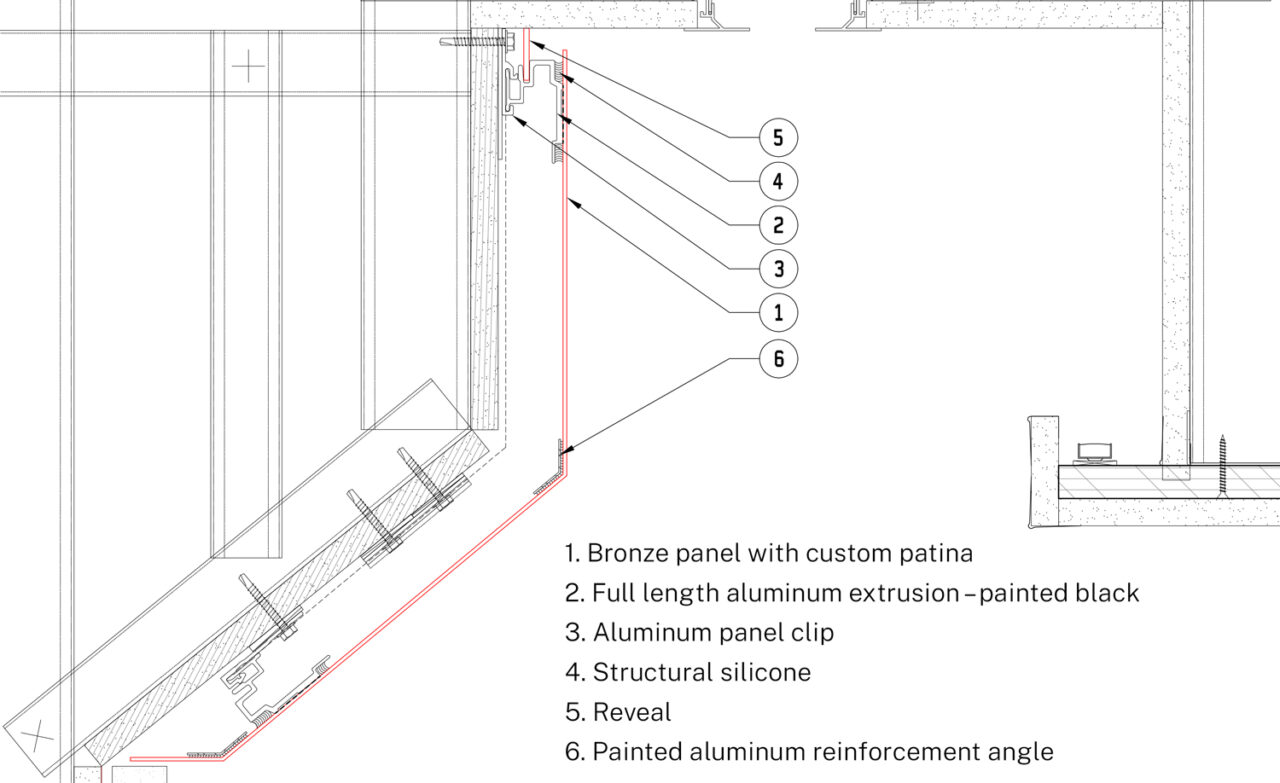
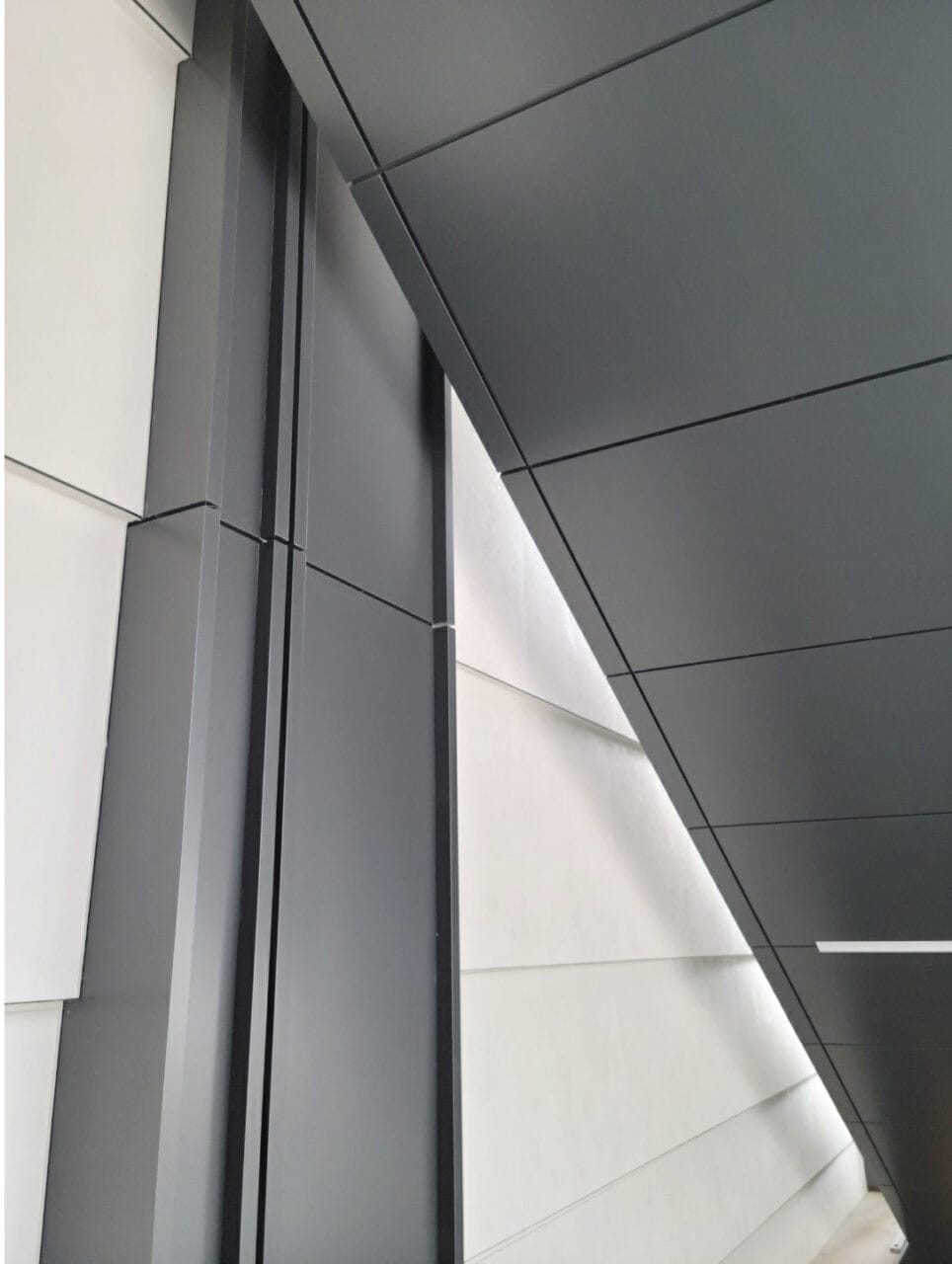
100 Queens Quay, Toronto. B+H Architects.
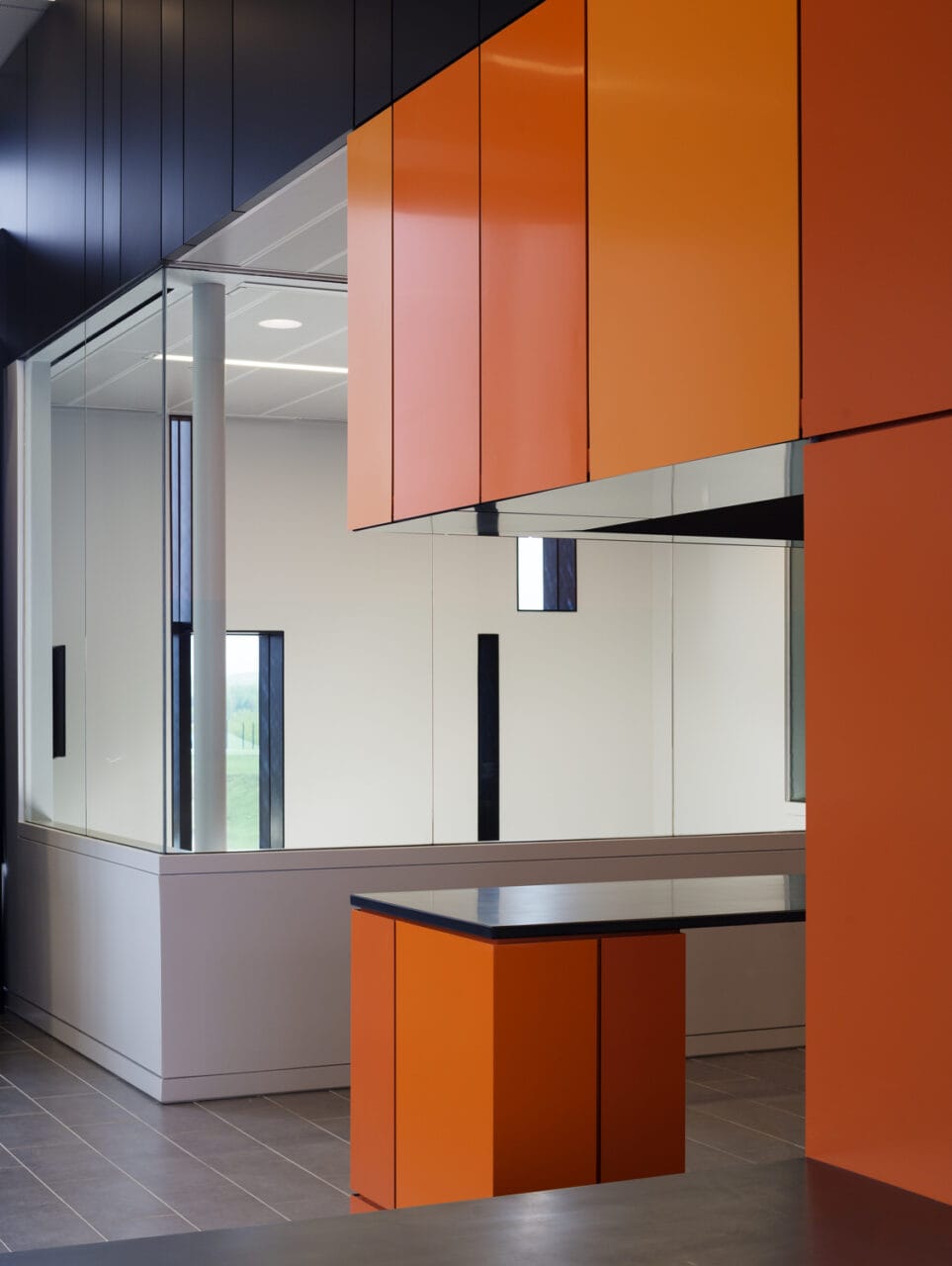
Van Buren US Land Point of Entry, Van Buren, Maine. Julie Snow Architects.